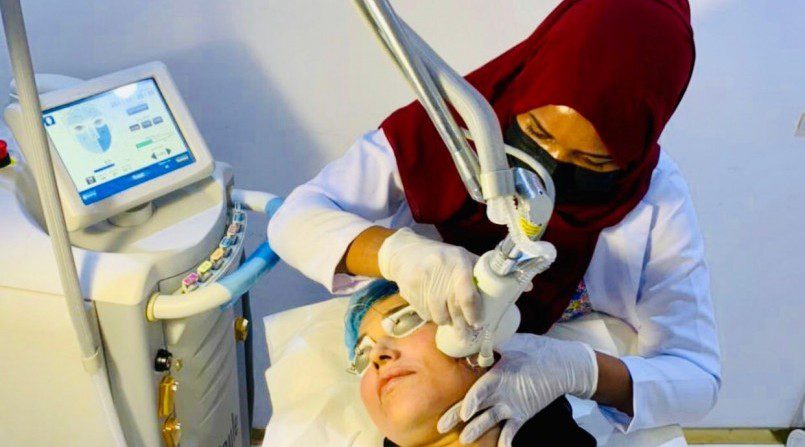Facing Melasma: Identifying Causes and Exploring Treatment Options

What is melasma?
It is a skin condition that causes hyperpigmented patches on the face especially on the cheeks, nose, forehead and rarely on the neck. The origin of pigmentation can be dermal, epidermal or mixed.
Are all types of hyperpigmented patches on the face considered melasma?
No: there are many other conditions that are mistaken for melasma like lentigo, PIH (Post inflammatory hyperpigmentation), Actinic lichen planus, Ota and Ito nevus, Riehls melanosis, Lichen planus pigmentosa etc. Treatment for these conditions may vary as well. Hence before starting any treatment it’s important to diagnose the condition correctly.
What are the reasons for melasma?
Some reasons it appears can be pregnancy, hormonal pills, sun exposure and thyroid disease are the main causes of melasma. However genetic factors play the major role in the development of melasma. Melasma is more common in females than males.
Can melasma be cured permanently?
Probably not - But there are several treatment options that may fade the pigmentation significantly or completely. Even if melasma is cleared completely it can still be reversible.
What treatment options are available for melasma?
Strict sun protection is mandatory part of melasma treatment. Topical agents including Kligmen’s formula (Hydroquinone, steroid, tretinoin), vitamin C, arbutin, azelaic acid, alpha hydroxy acids, cysteamine, glutathione and kojic acid etc is the first line treatment. Chemical peel, mesotherapy with or without dermapen, IPL or BBL and Pico lasers are the other options that can be combined with the topical creams.
How can the doctor decide which treatment is better for you?
Your doctor will create a treatment plan based on your skin type, origin of melasma, your previous treatment history and skin sensitivity. Most of the time, combination of different treatments are considered to maximize the effectiveness.
When can I expect significant improvement after starting treatment?
Although it depends upon the type of treatment but generally Melasma is slow responding so person needs to be patient and consistent. Noticeable changes can be observed after 2-3 months but it may take 5-6 months to clear melasma significantly.
What can I do to prevent reversal of melasma?
Only life time sun protection and continuous milder treatments can prevent the reoccurrence of melasma.
Most Popular:
-

Sciton HALO vs Sciton BBL
Read More »September 20, 2022 -

What is profhilo, and how is it different from fillers?
Read More »September 20, 2022 -

Body contour solutions from SKIN111
Read More »September 20, 2022 -

Does IV GLUTATHIONE therapy work
Read More »September 20, 2022 -

How can an IV drip help you boost your energy
Read More »September 20, 2022